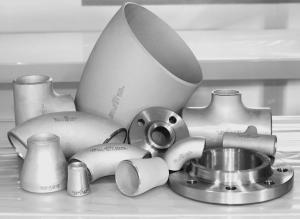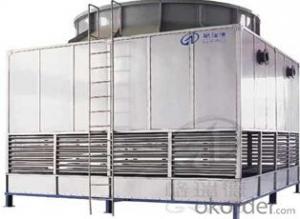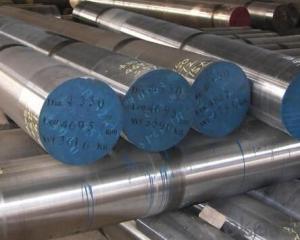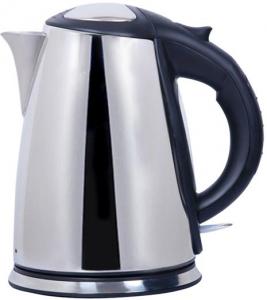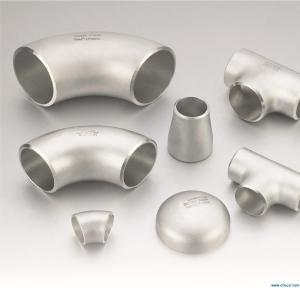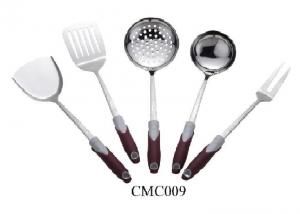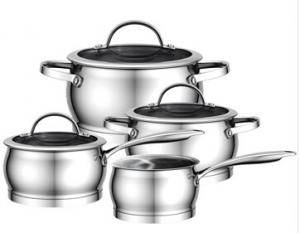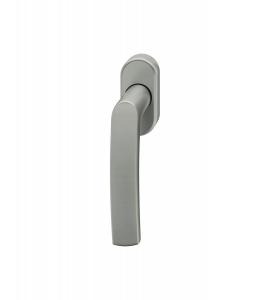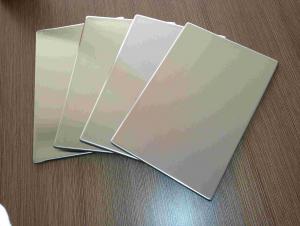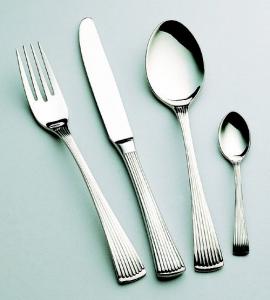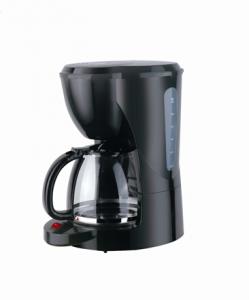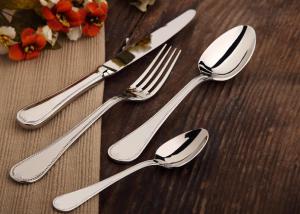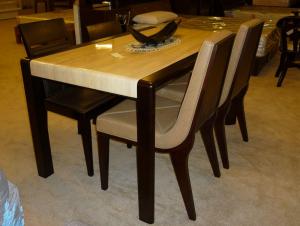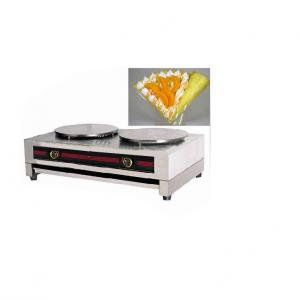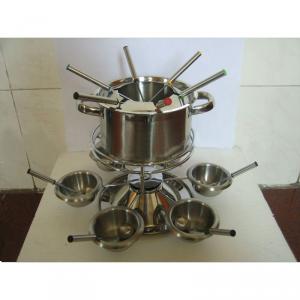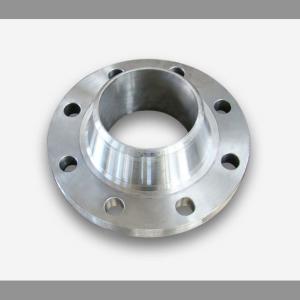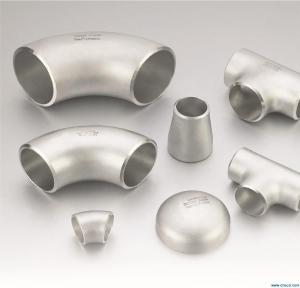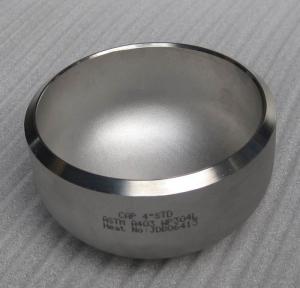Stainless Steel Counter Top
Stainless Steel Counter Top Related Searches
Stainless Steel Counter Tops Stainless Steel Top Stainless Steel Counter Stools Stainless Steel Counter Stainless Steel Kitchen Counter Stainless Steel Counters Stainless Steel Bar Top Stainless Steel Desk Stainless Steel Tool Box Top Stainless Steel Tap Stainless Steel Staircase Stainless Steel Bar Stool Prefab Stainless Steel Countertops Stainless Steel Toolbox Top Stainless Steel Barstool Stainless Steel Stool Stainless Steel Heater Bar Stool Stainless Steel Stainless Steel Door Stainless Steel Thermos Stainless Steel Canteen Stainless Steel Furniture Kitchen Stainless Steel Stainless Steel Kitchenware Stainless Steel Appliance Stainless Steel Toaster Stainless Steel Chair Stainless Steel Bench Stainless Steel Barstools Stainless Steel CoverStainless Steel Counter Top Supplier & Manufacturer from China
Stainless Steel Counter Tops are a popular choice for a variety of applications due to their durability, hygiene, and aesthetic appeal. These countertops are crafted from high-quality stainless steel materials, offering a sleek and modern look that complements various interior designs. They are particularly favored in commercial kitchens, food processing facilities, and laboratories where cleanliness and resistance to corrosion are paramount.Stainless Steel Counter Tops find extensive use in both residential and commercial settings, providing a practical and stylish solution for a range of needs. In the culinary world, they are a staple in professional kitchens, offering a seamless surface that is easy to clean and maintain. Their resistance to heat, stains, and scratches makes them ideal for food preparation areas. Beyond the kitchen, these countertops are also utilized in healthcare facilities, bars, and other environments where a hygienic and robust surface is required.
Okorder.com stands as a reputable wholesale supplier of Stainless Steel Counter Tops, boasting a substantial inventory to cater to diverse customer demands. With a commitment to quality and customer satisfaction, Okorder.com ensures that each Stainless Steel Counter Top is manufactured to meet the highest industry standards. This extensive selection allows customers to find the perfect fit for their specific needs, whether it be for a home kitchen remodel or a large-scale commercial project.
Hot Products
